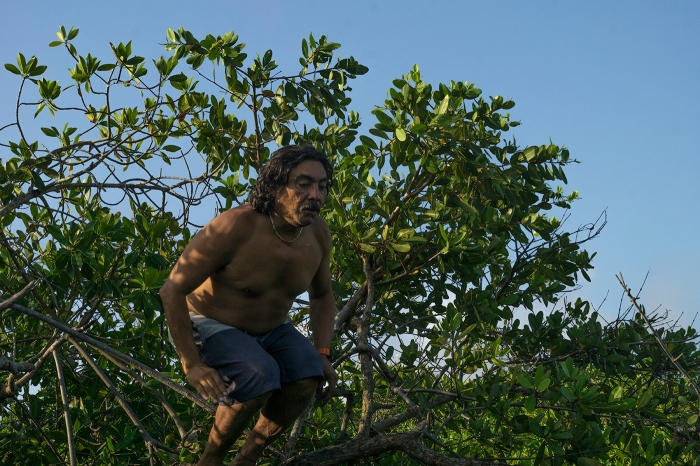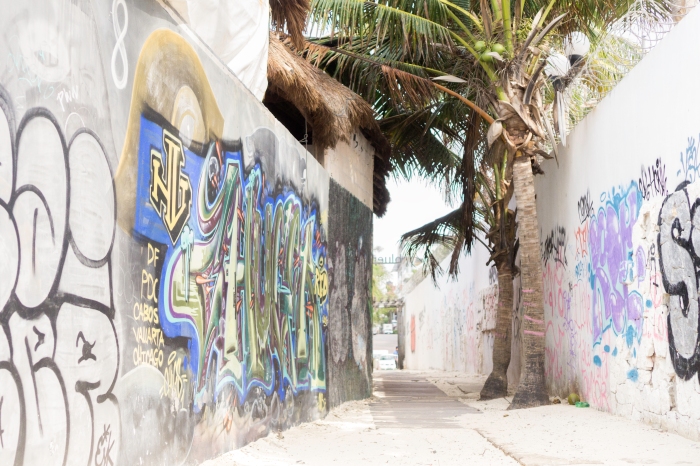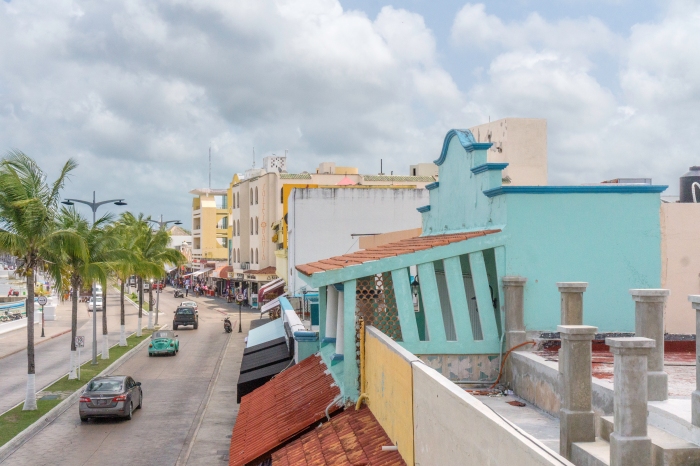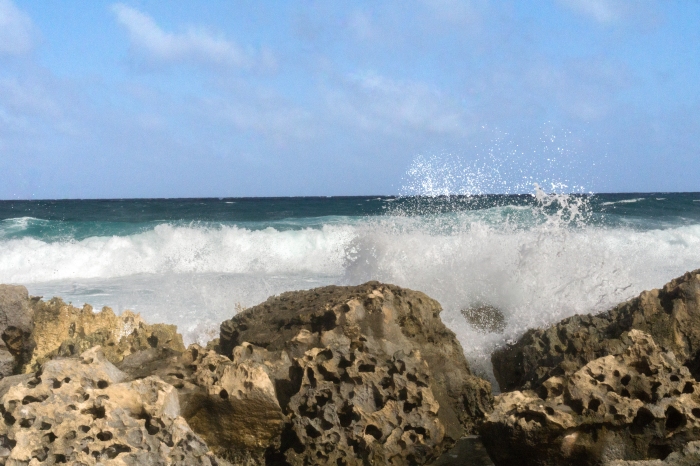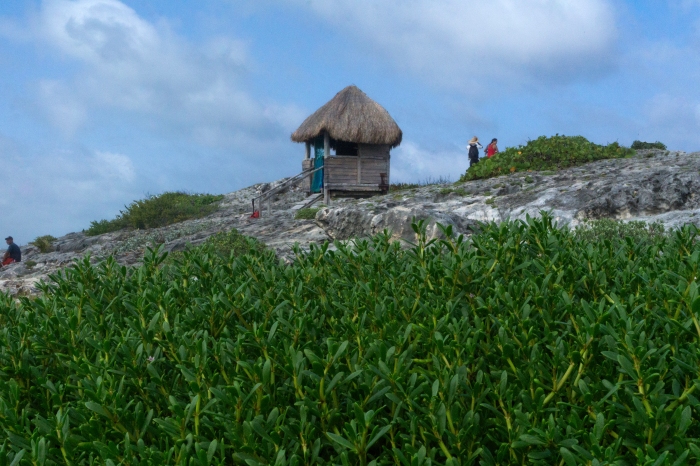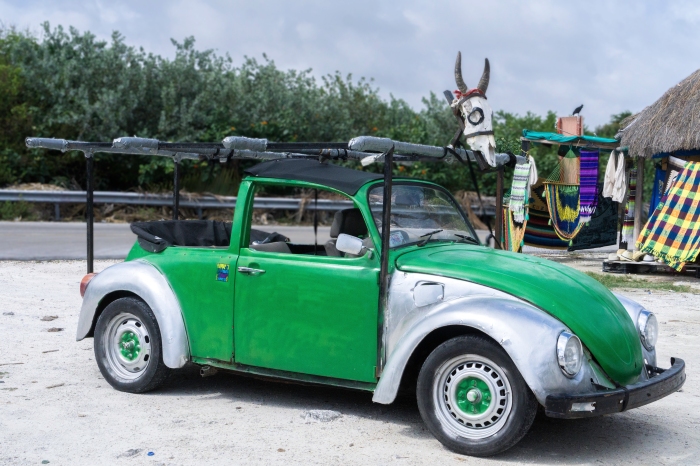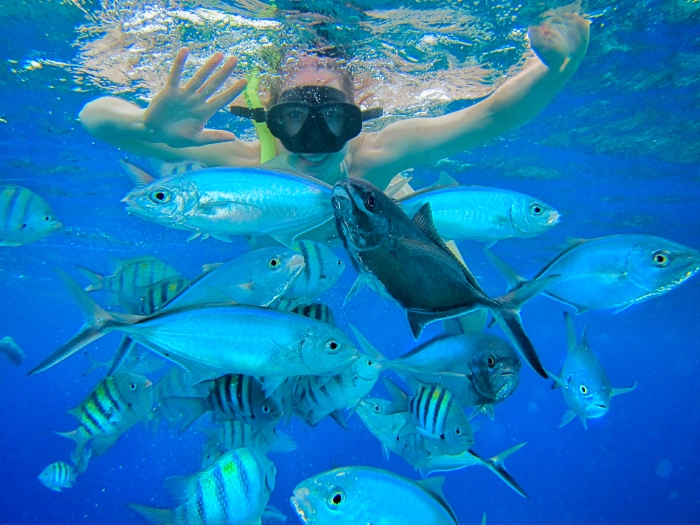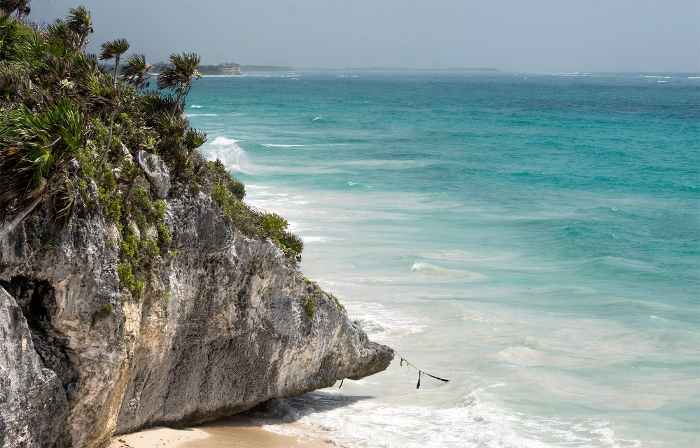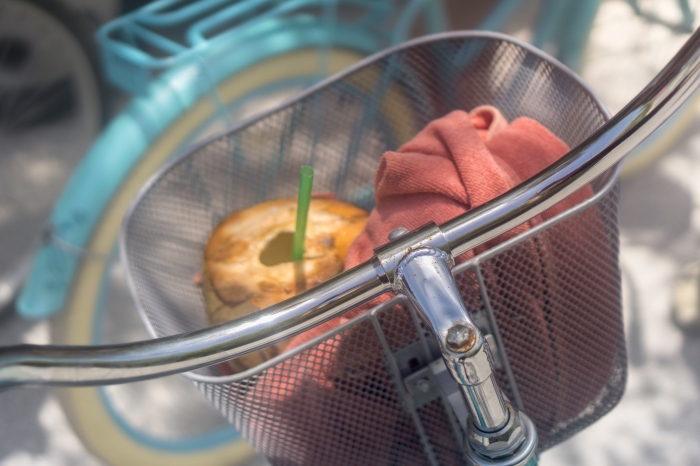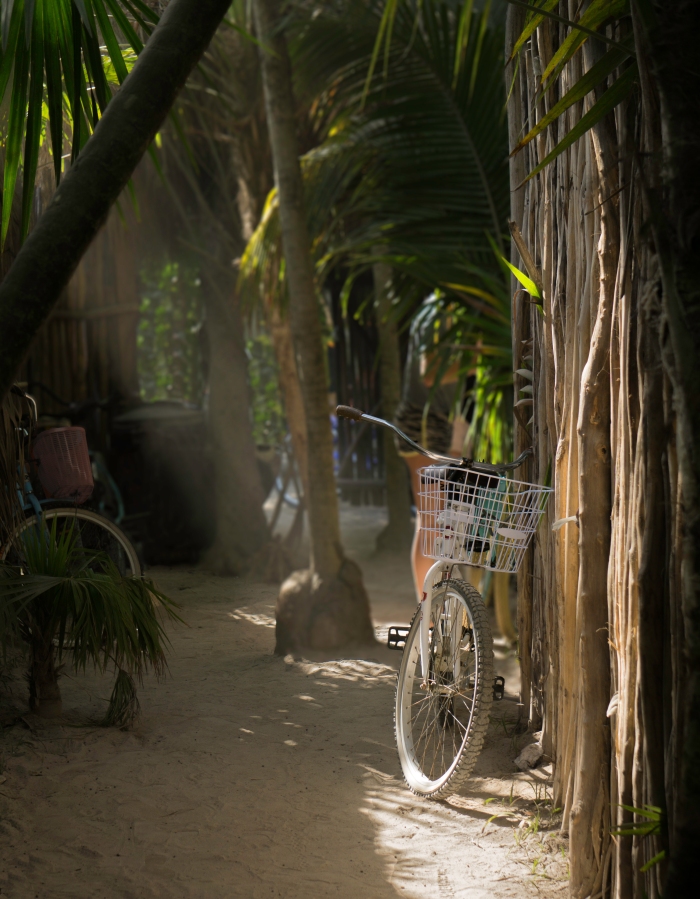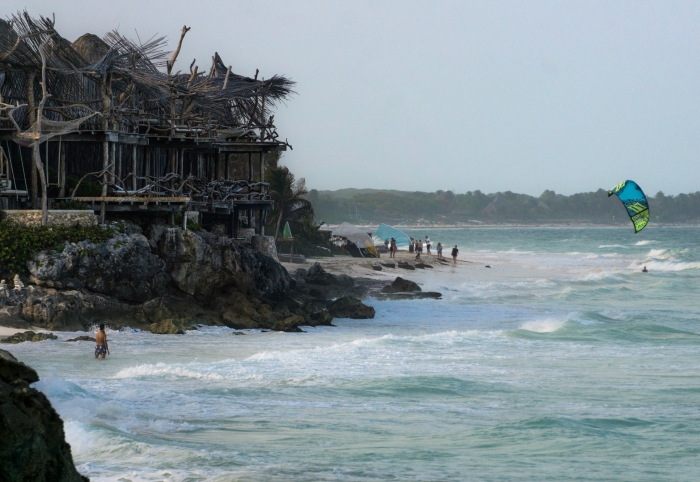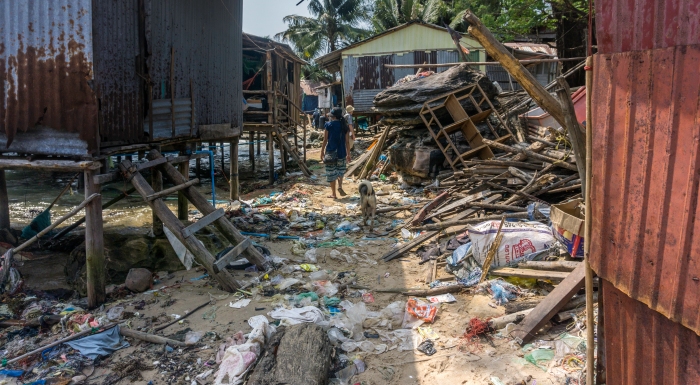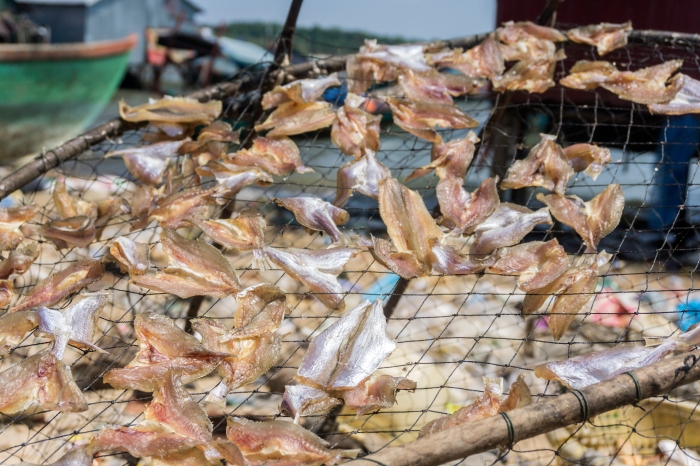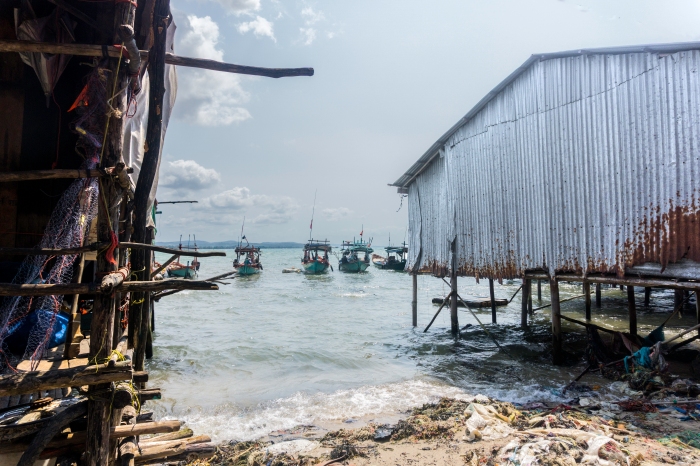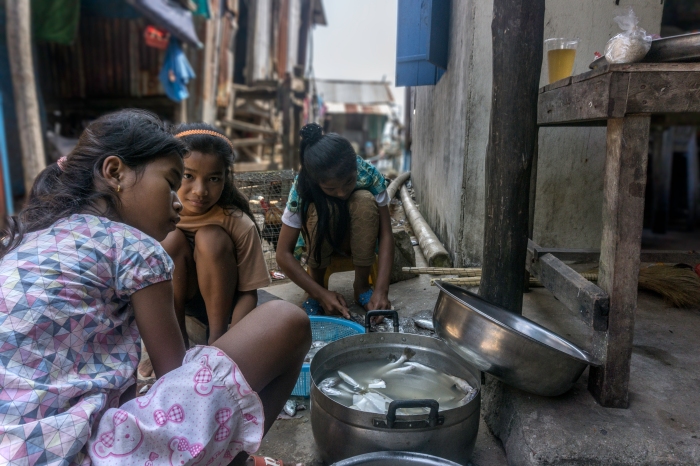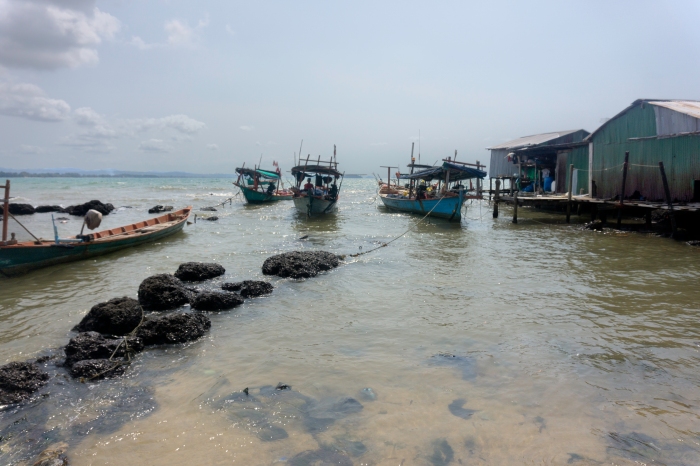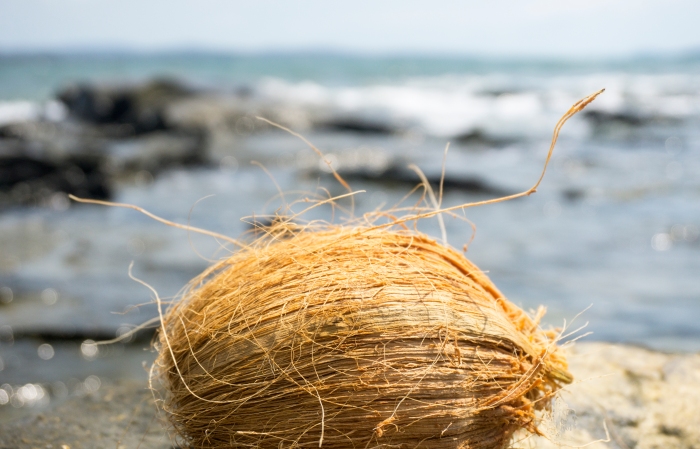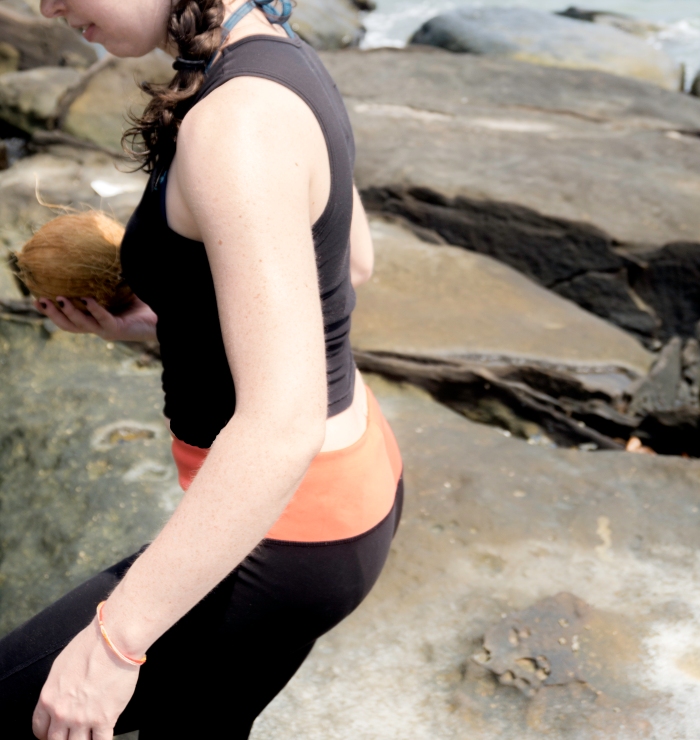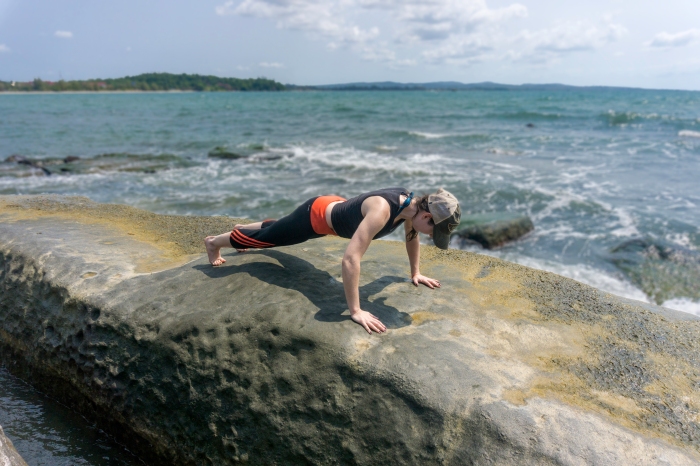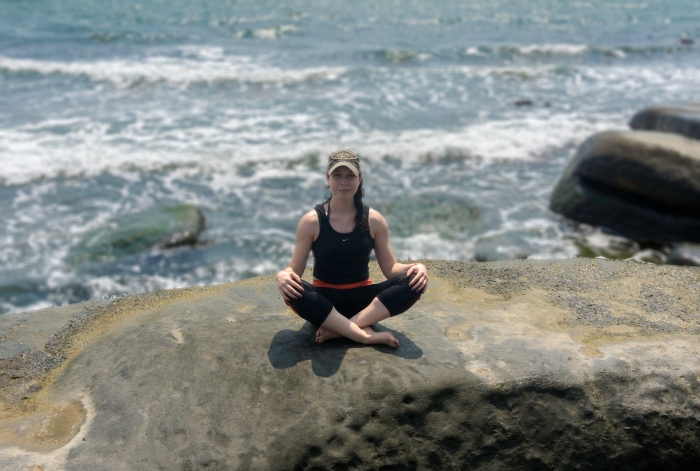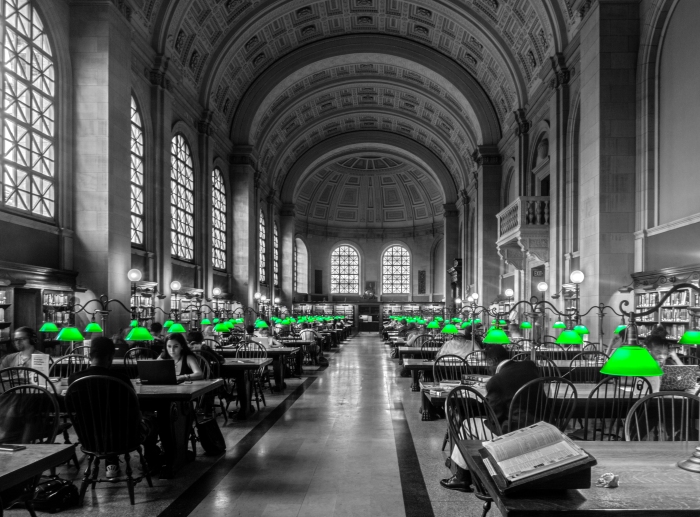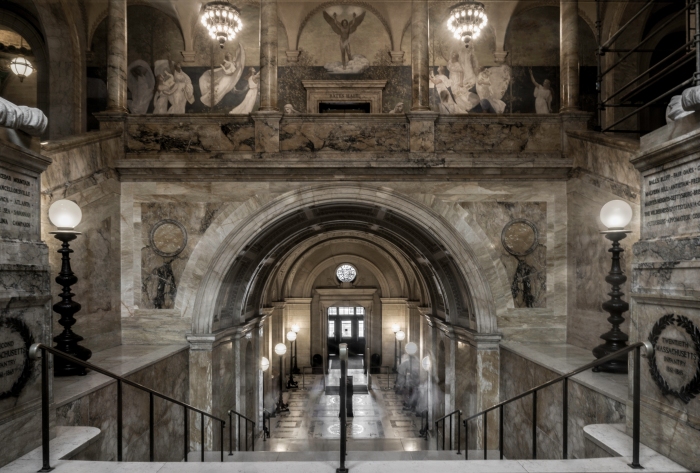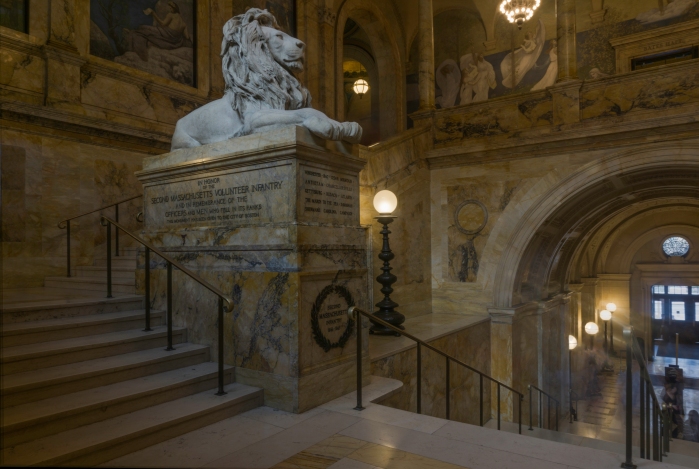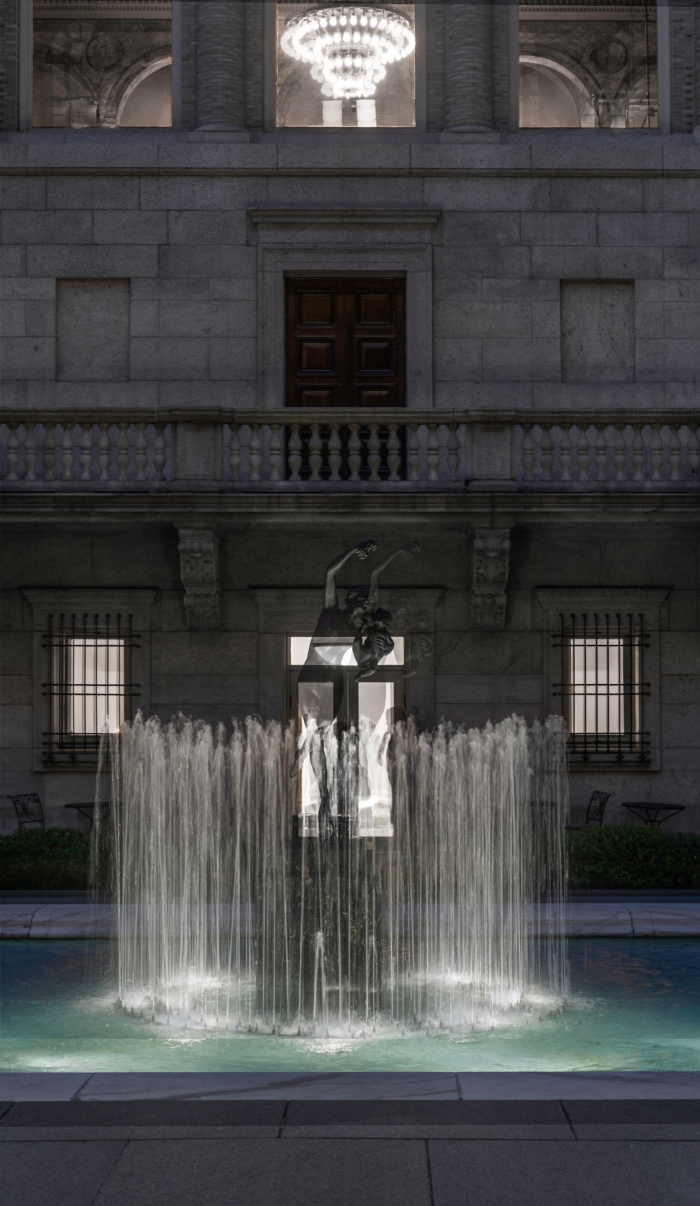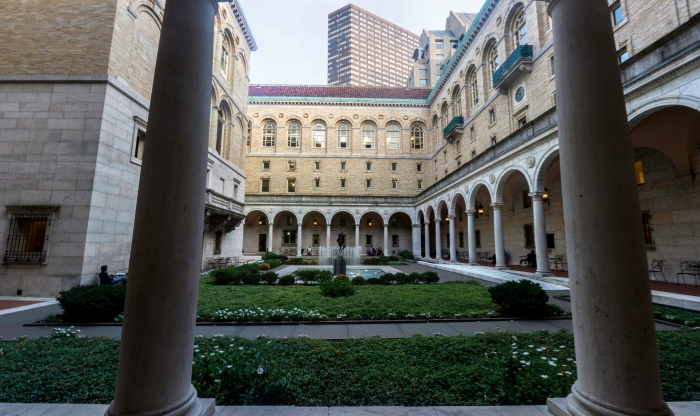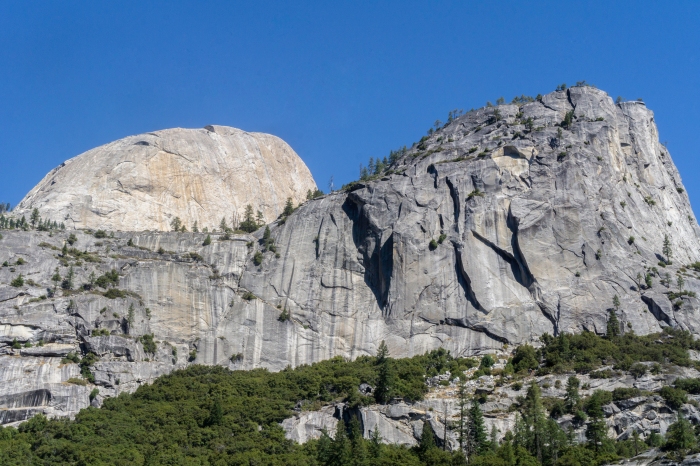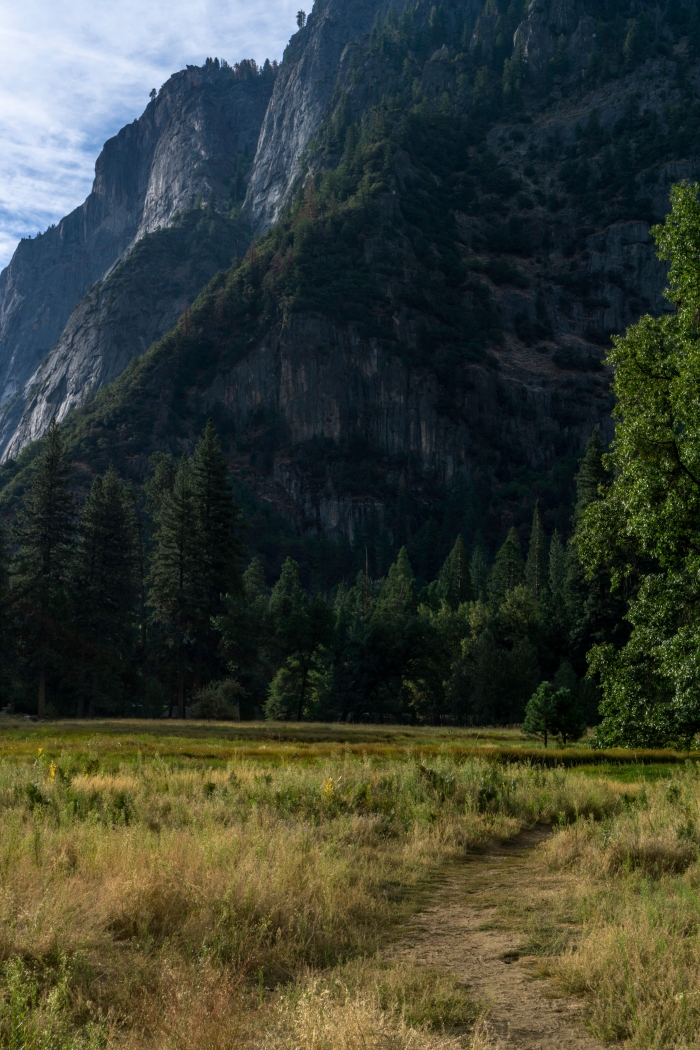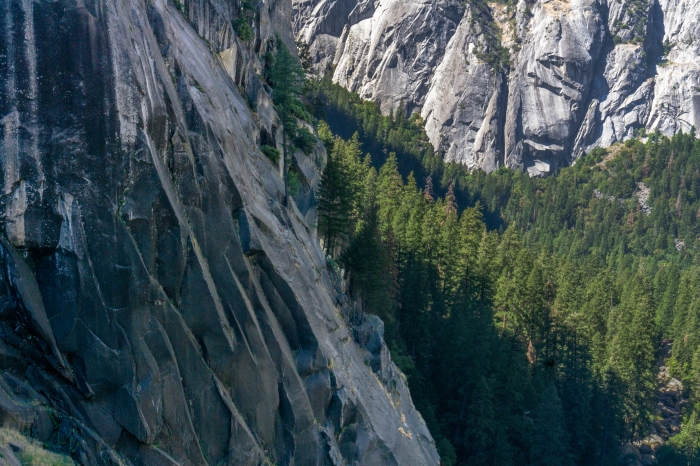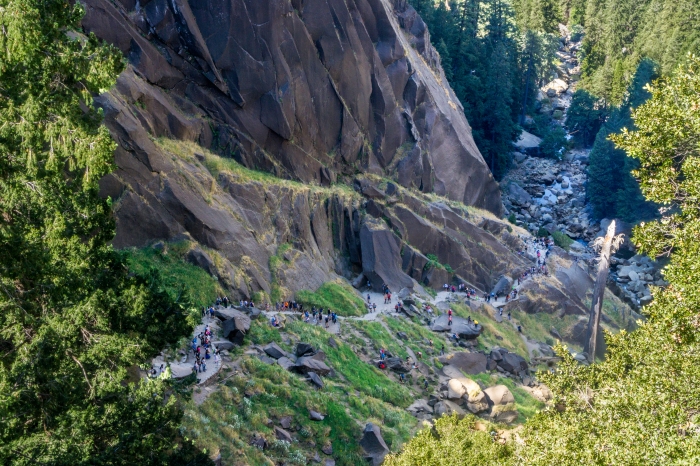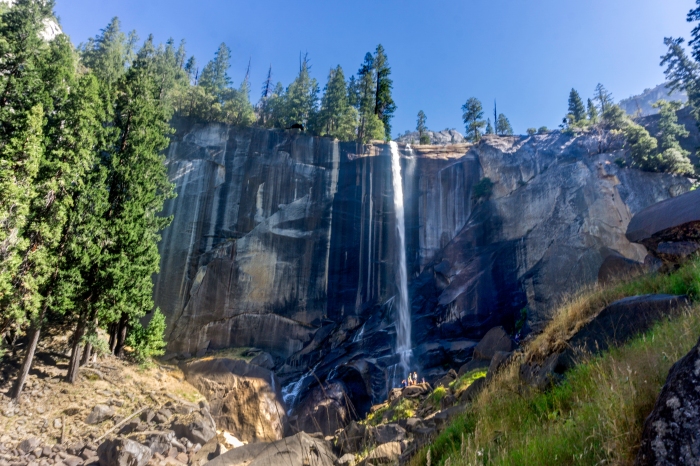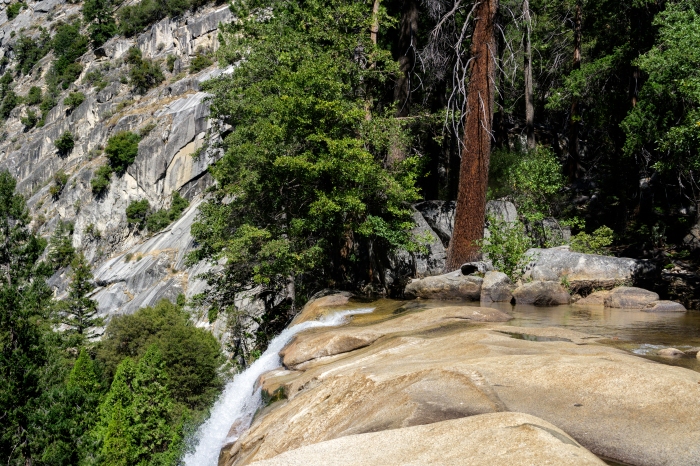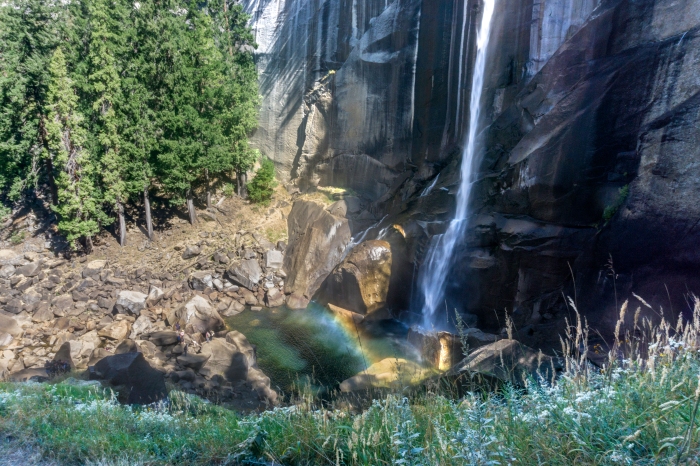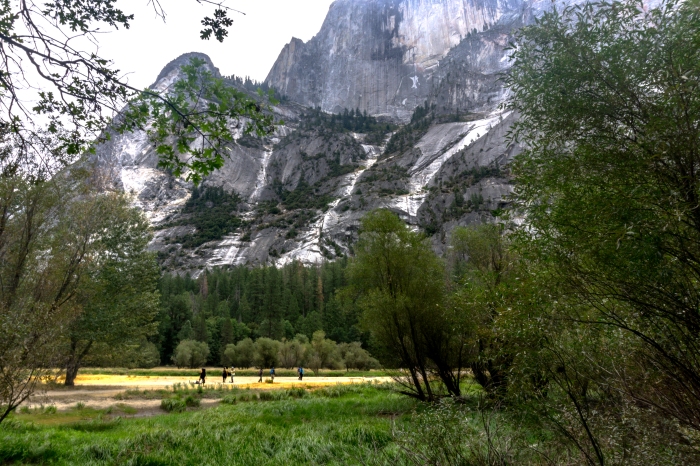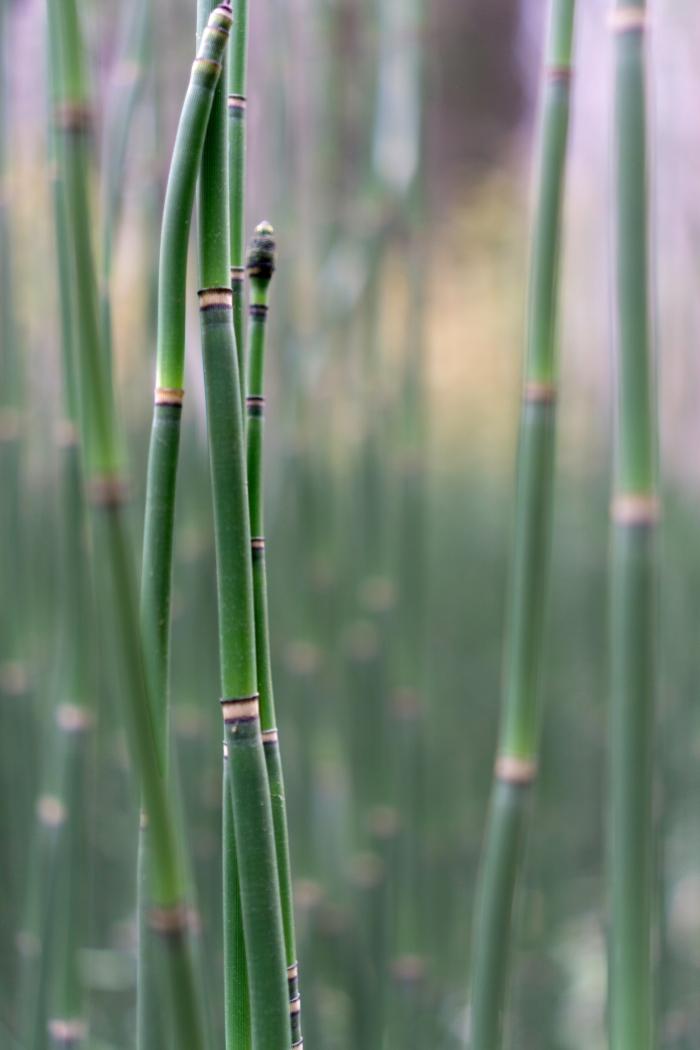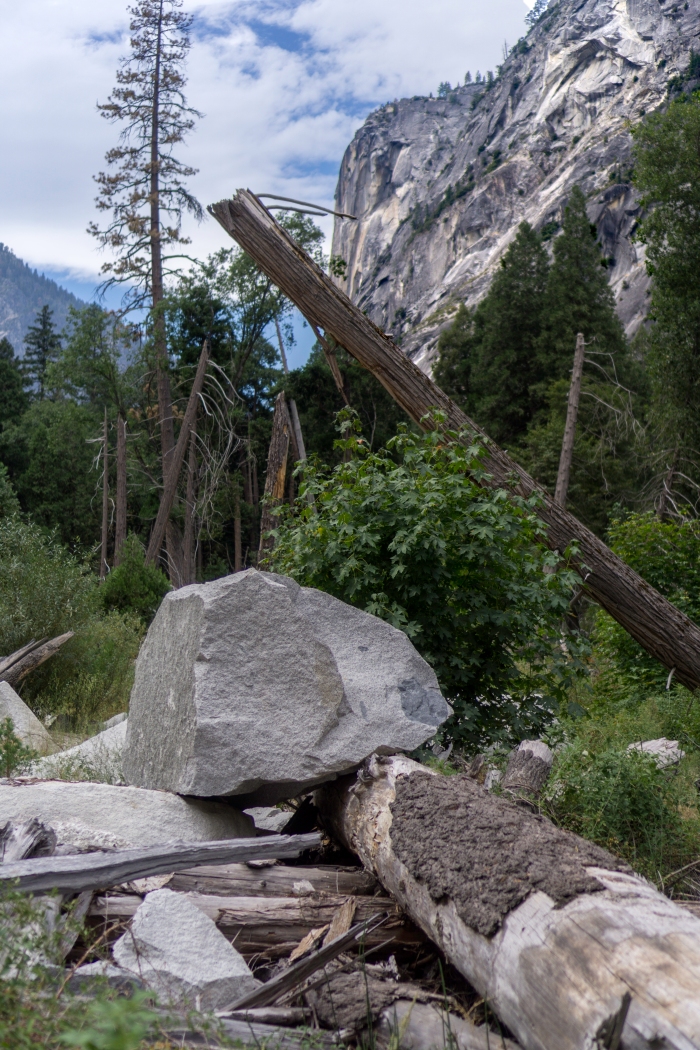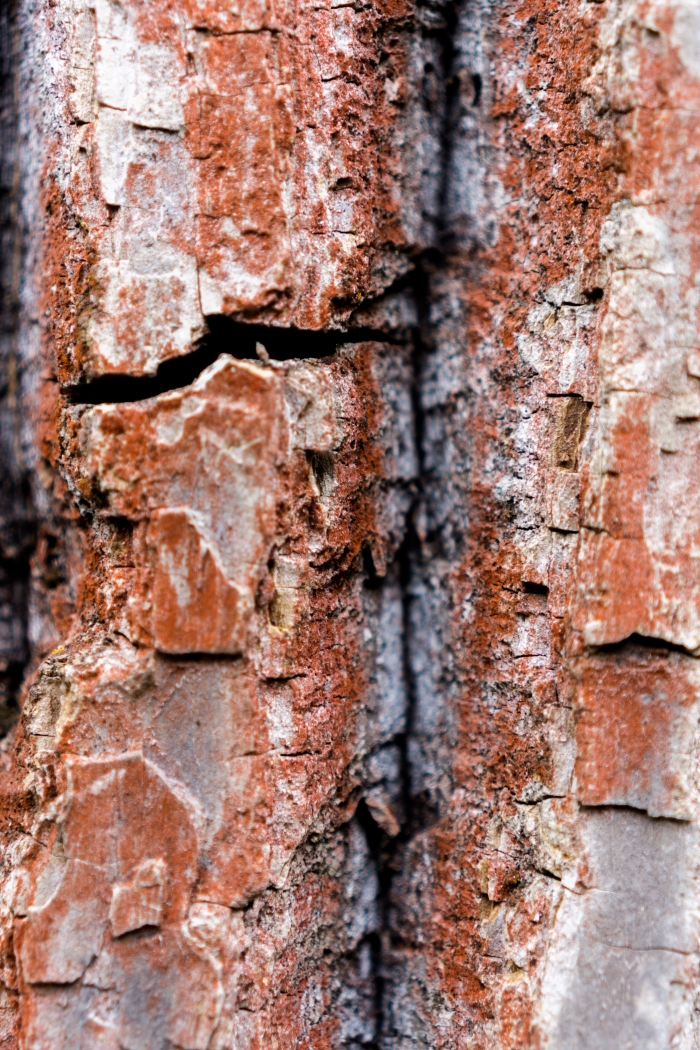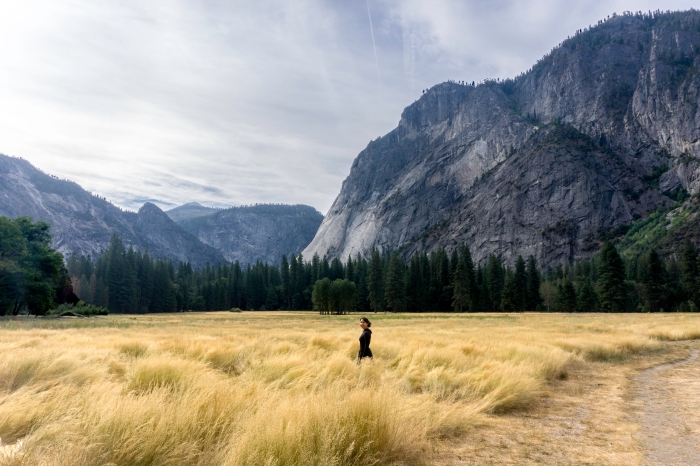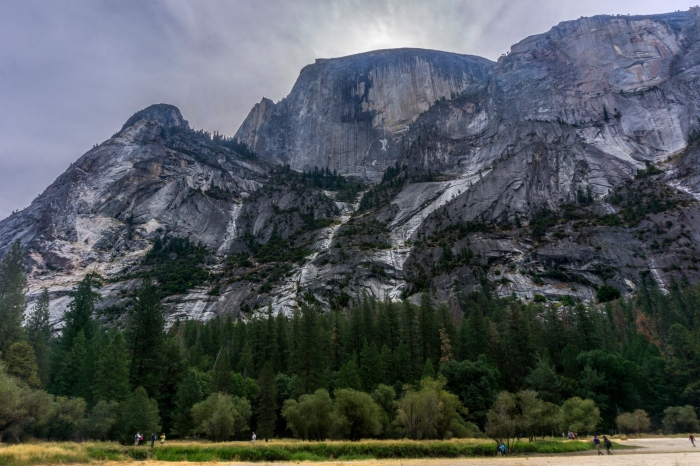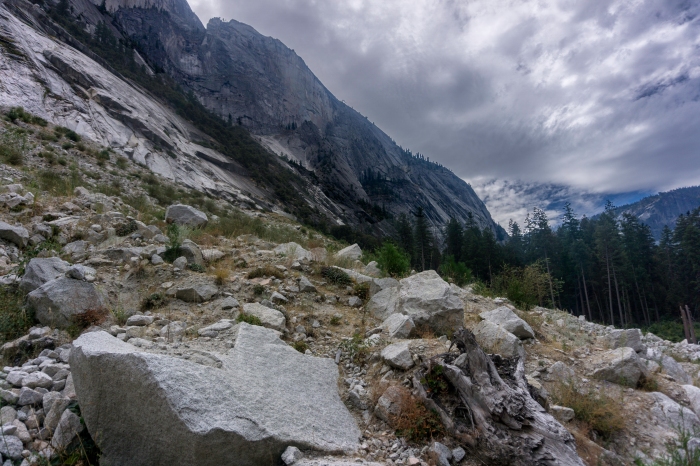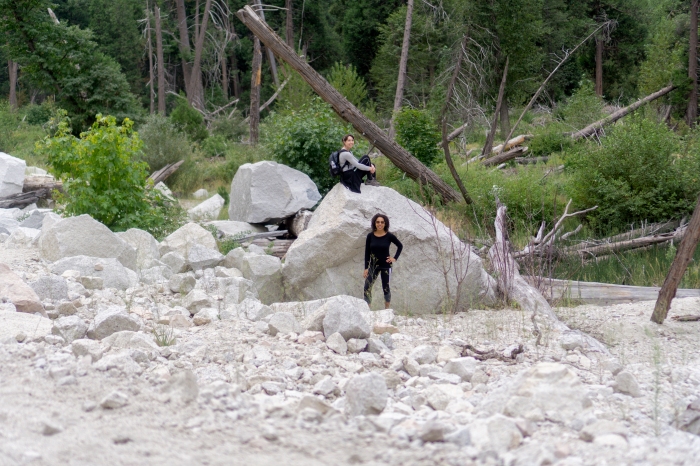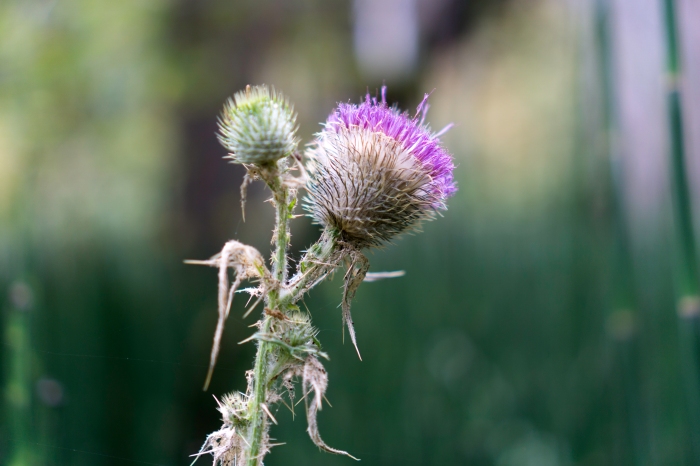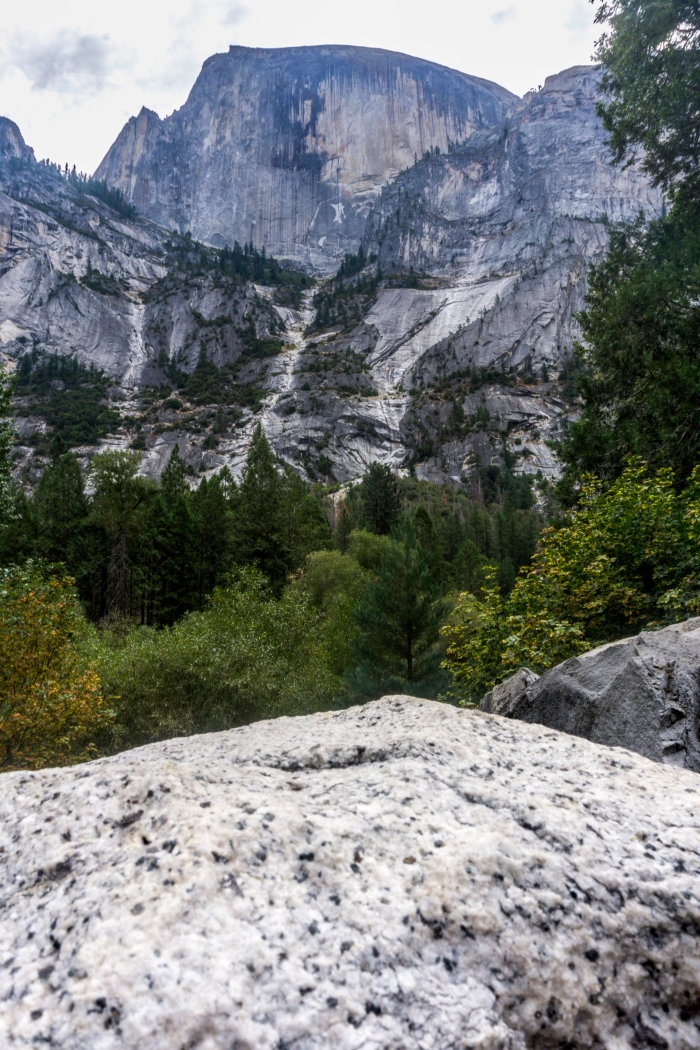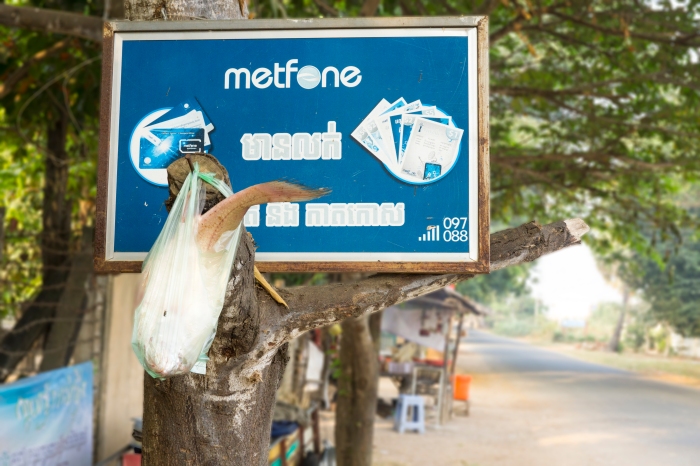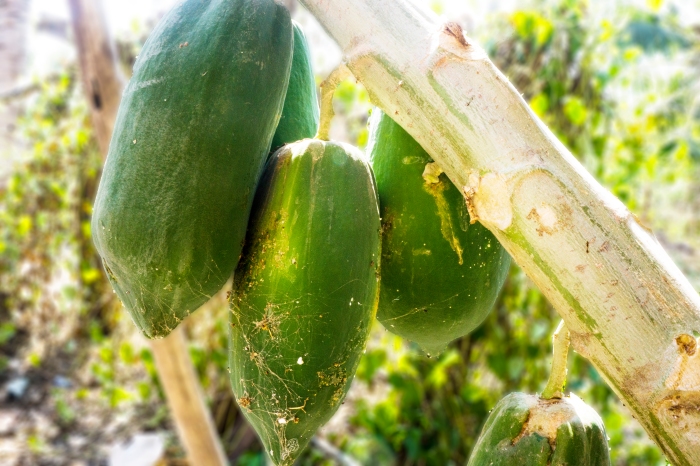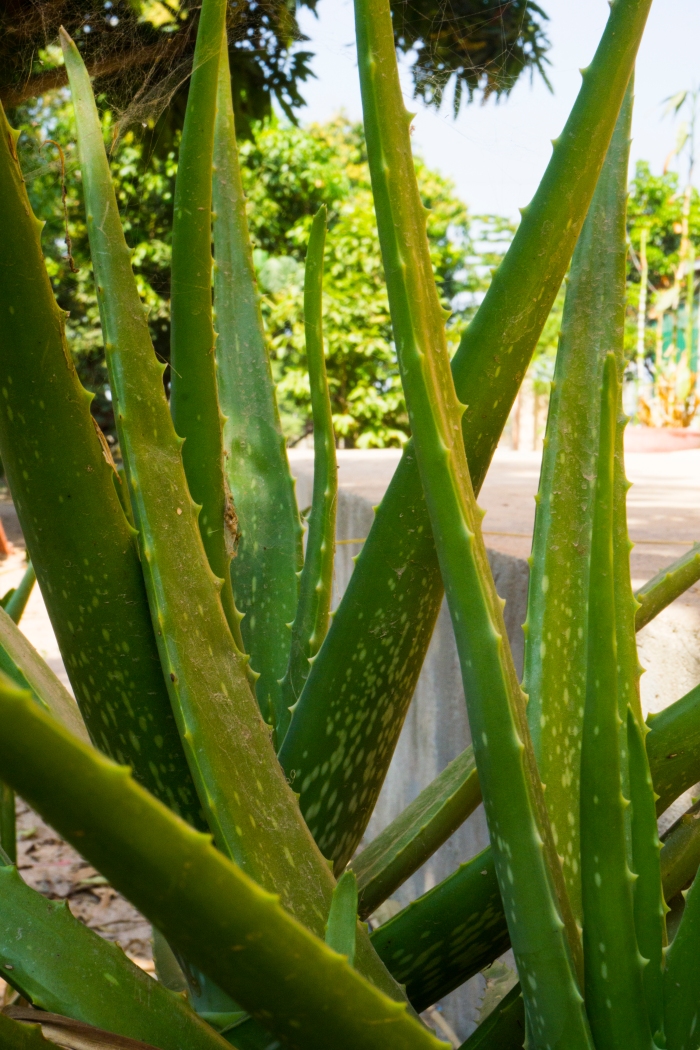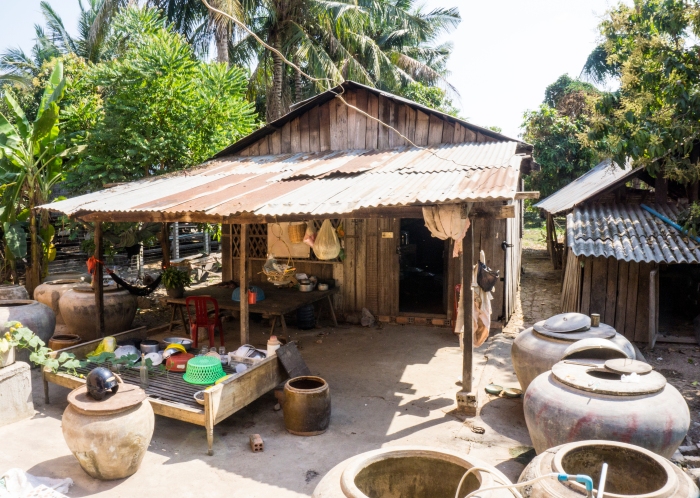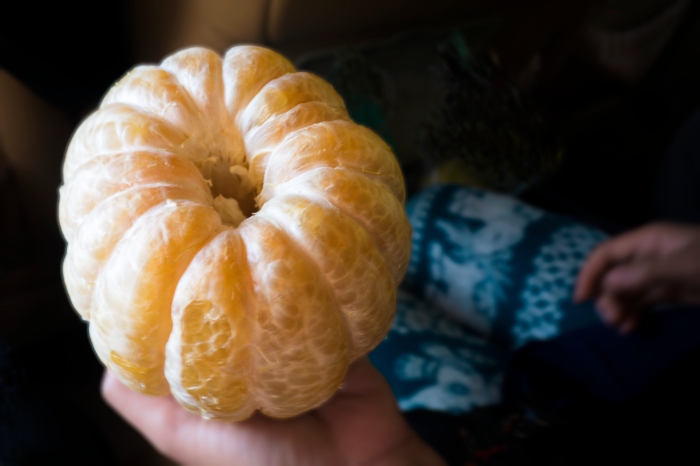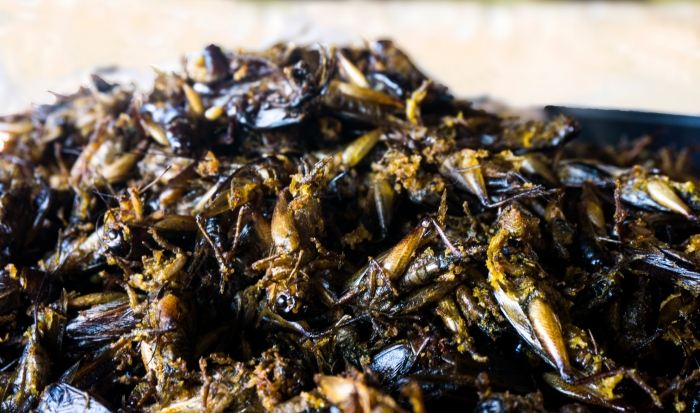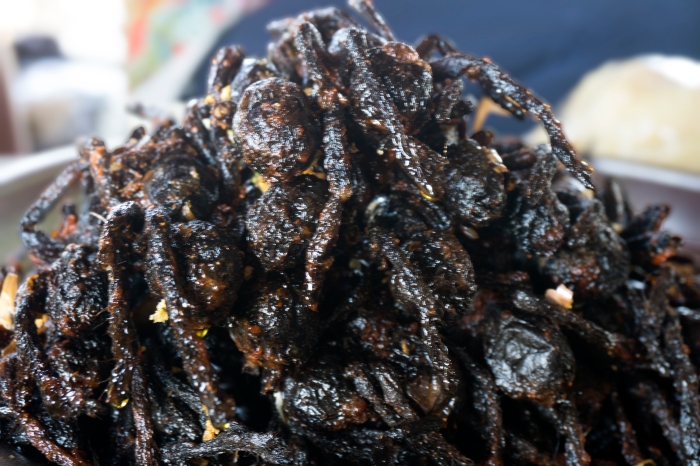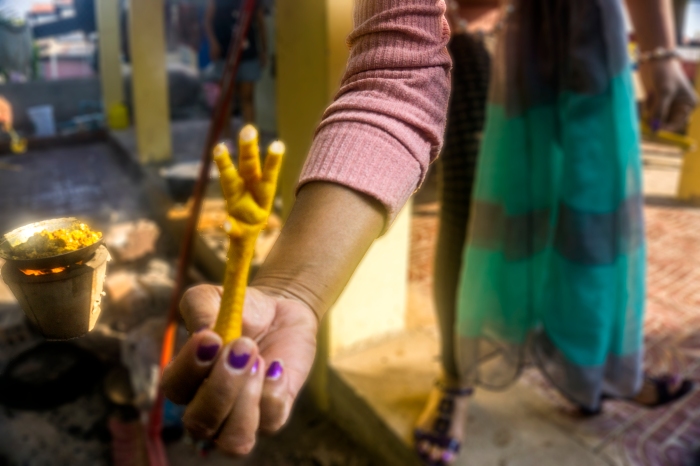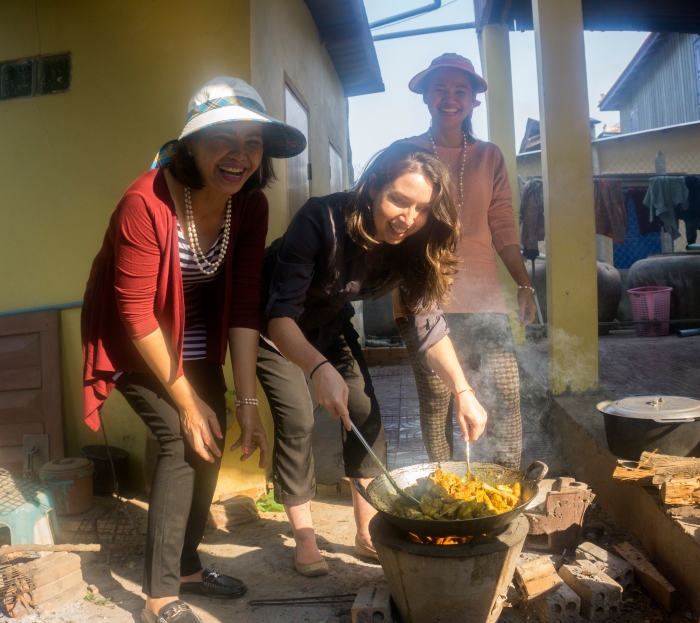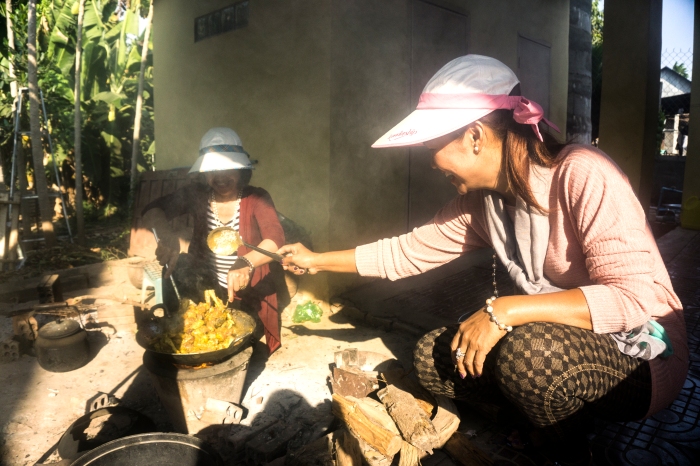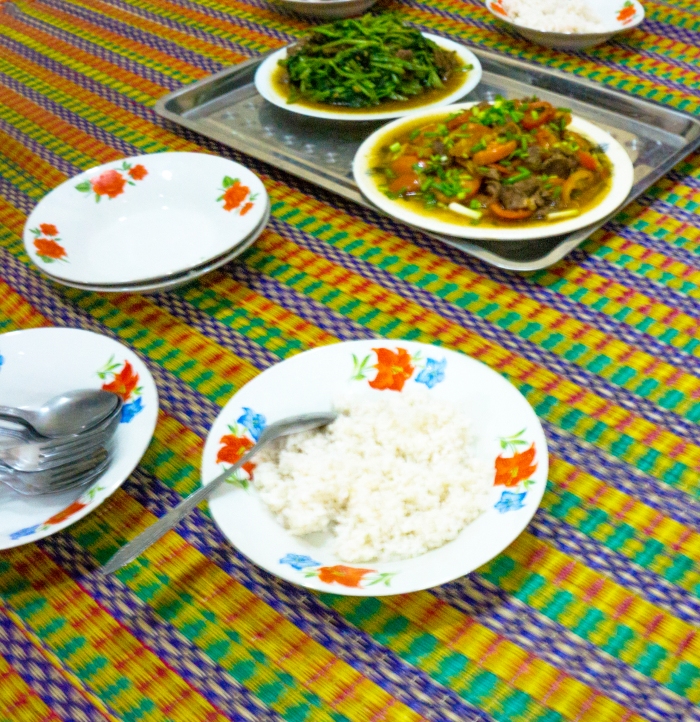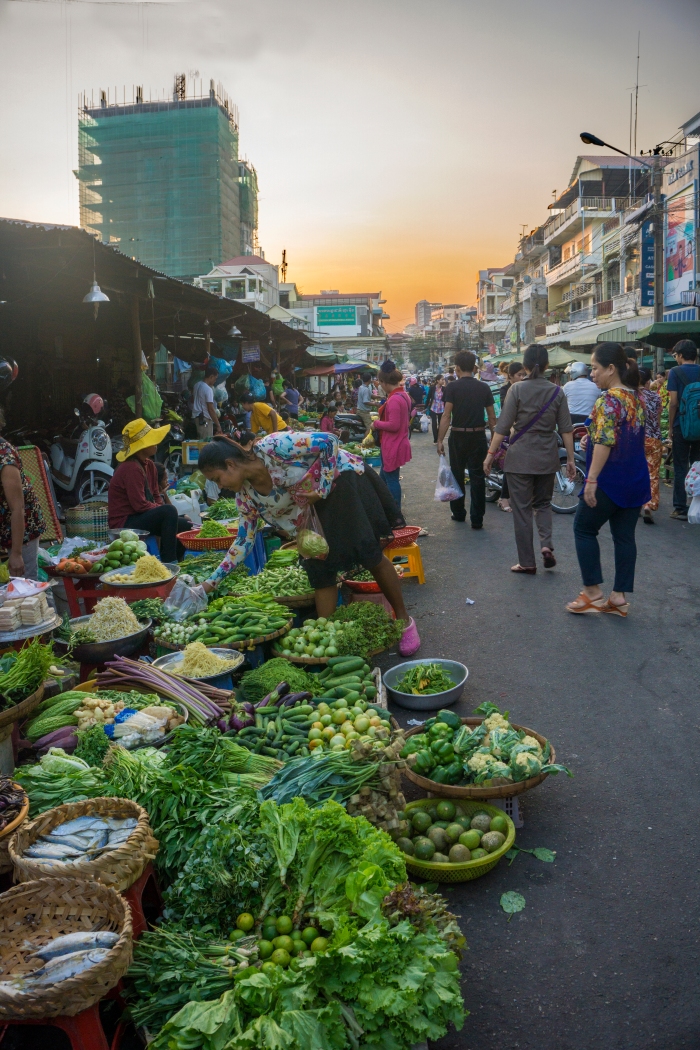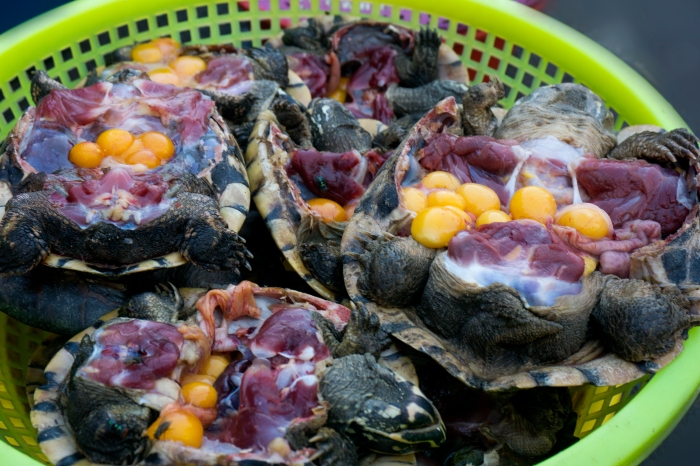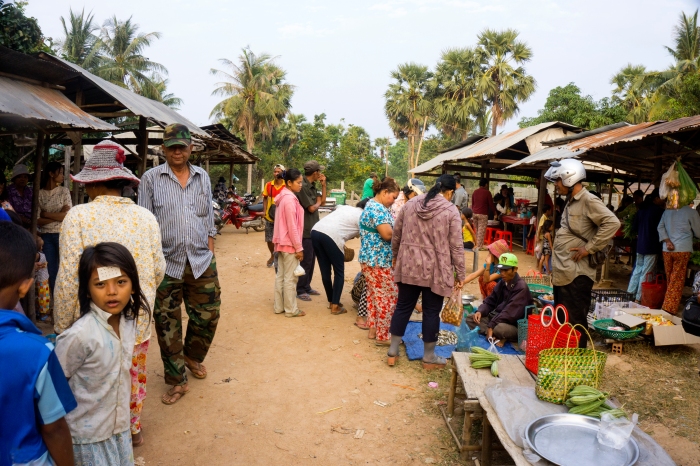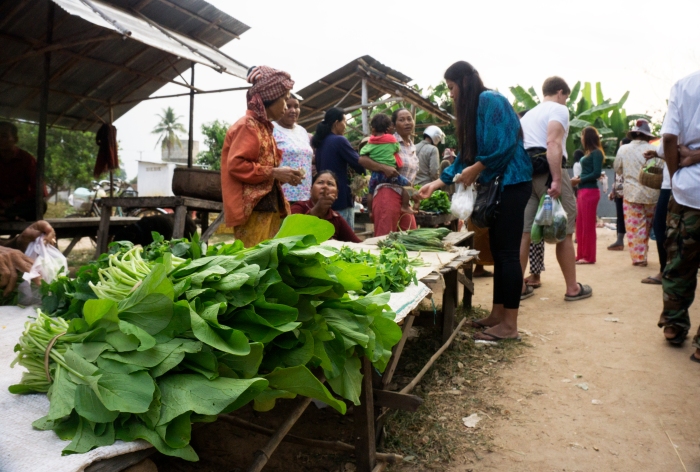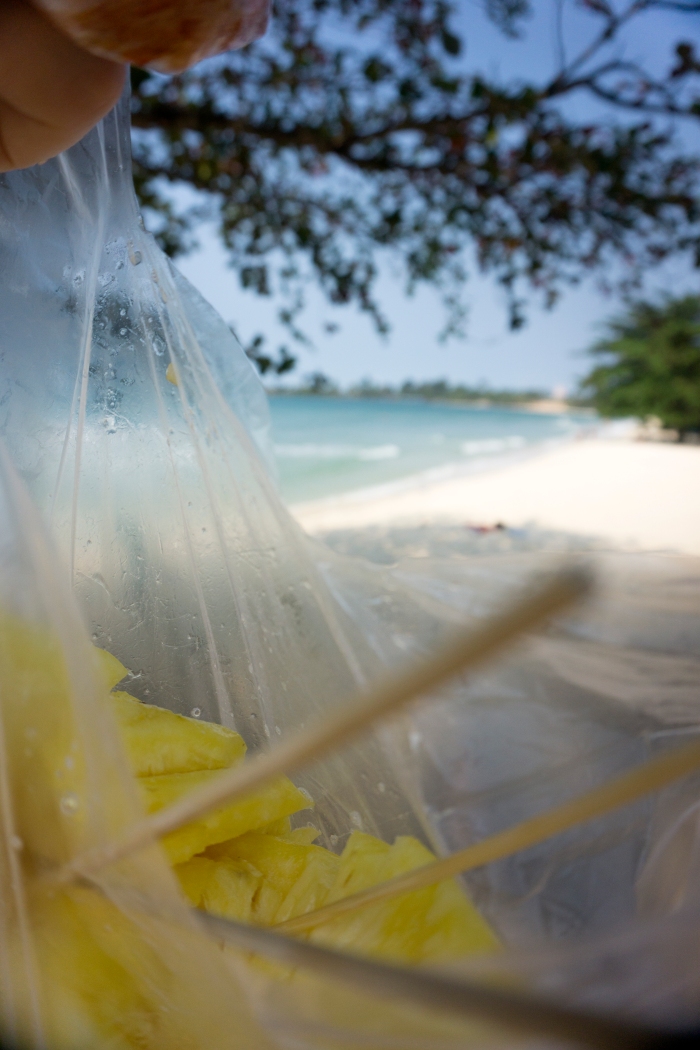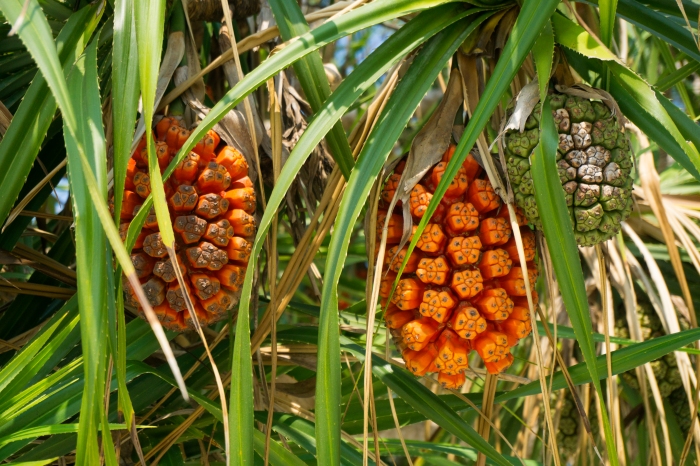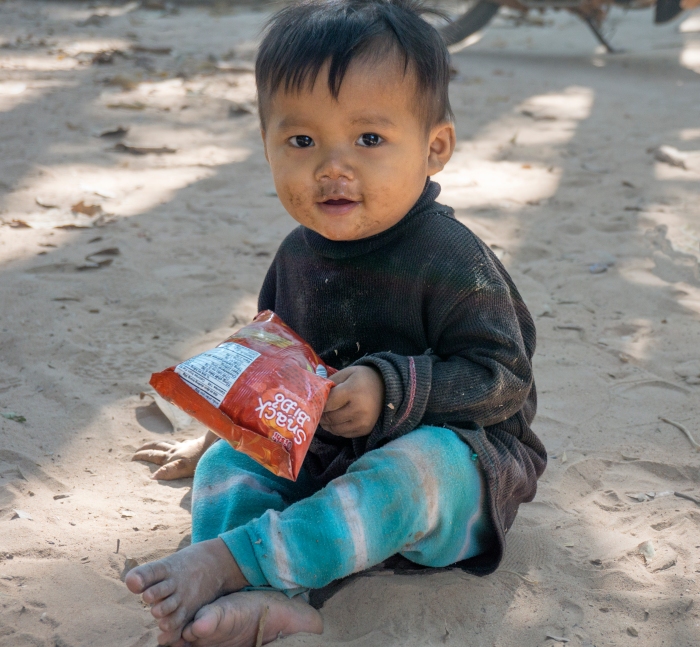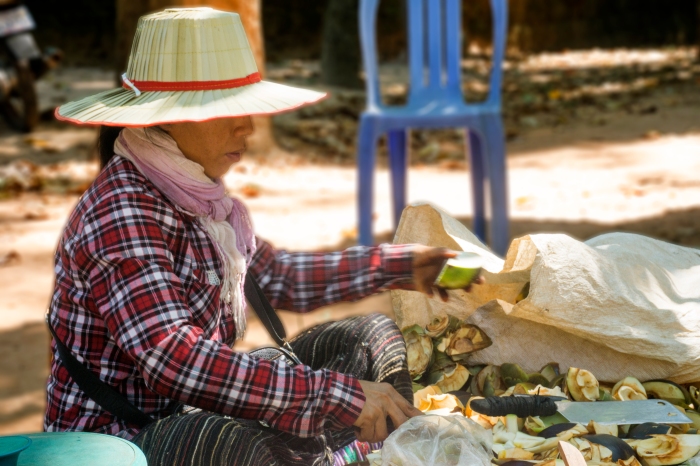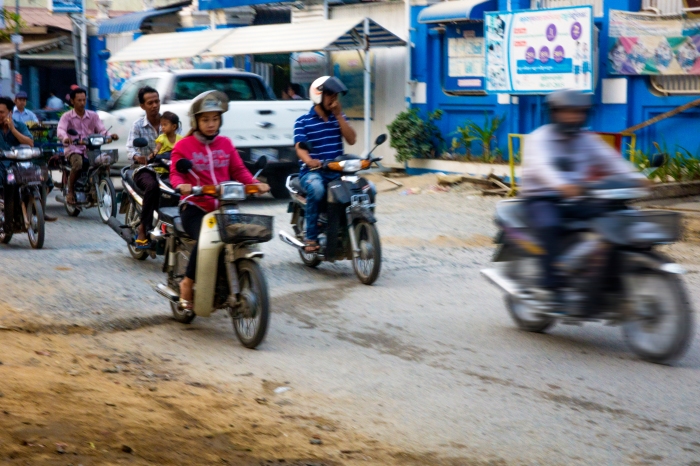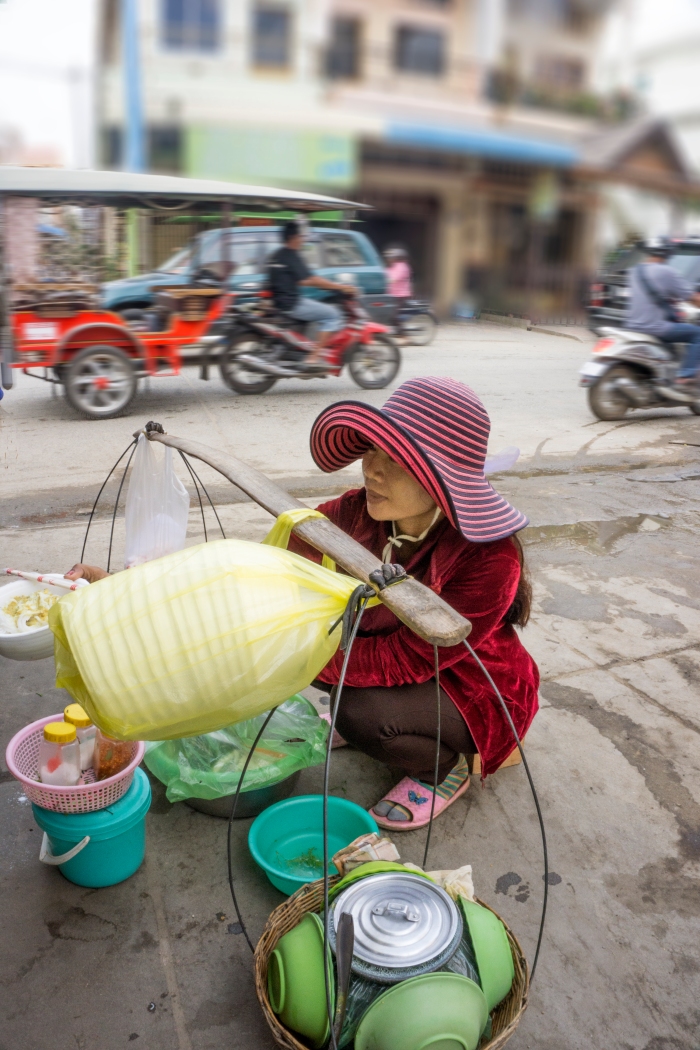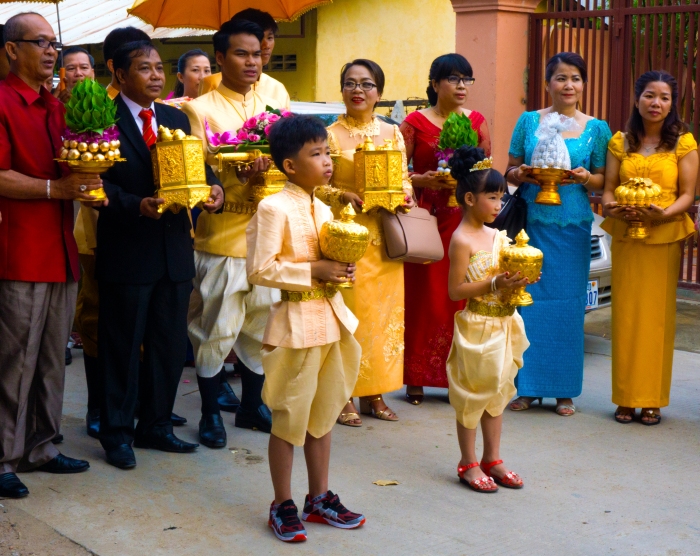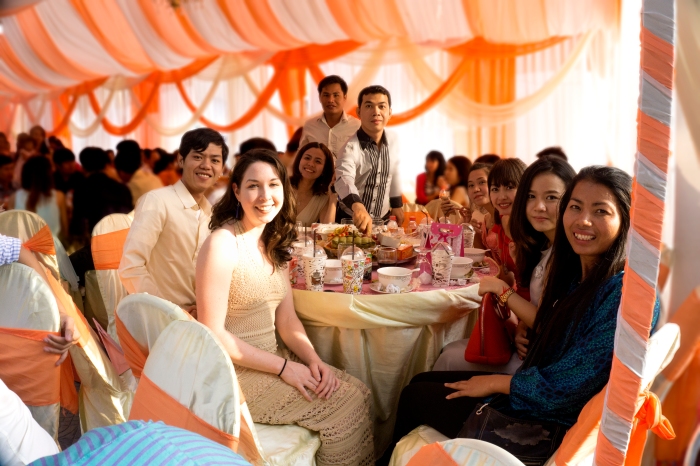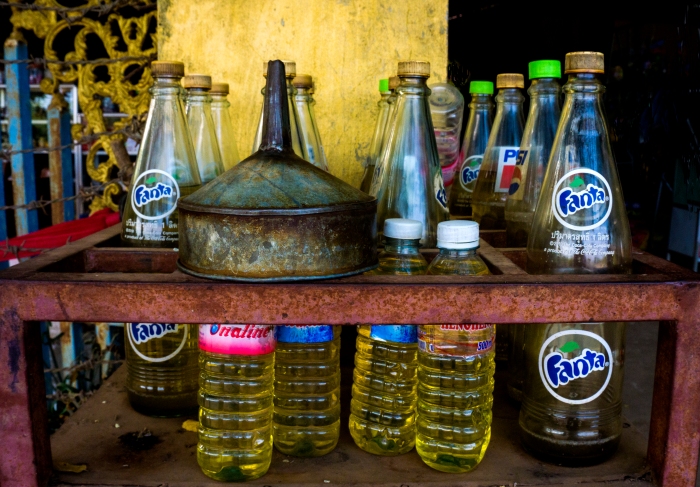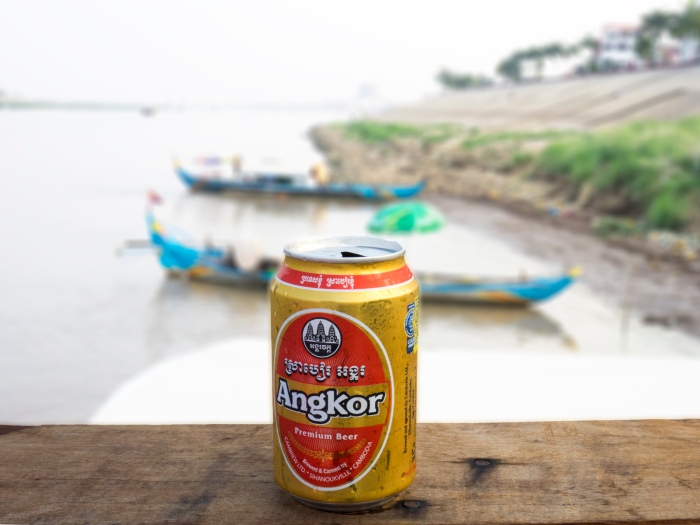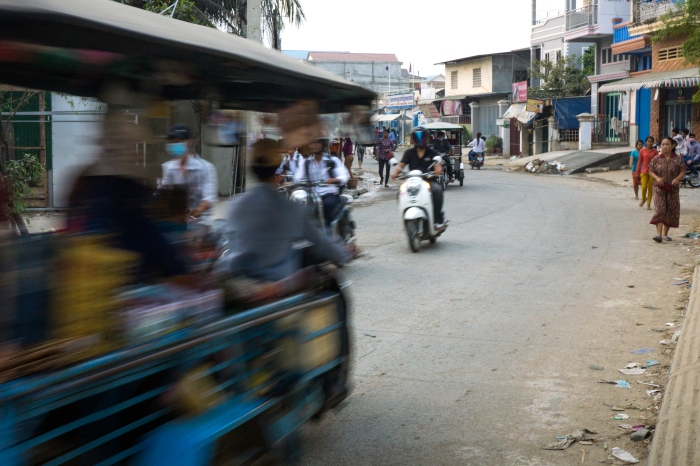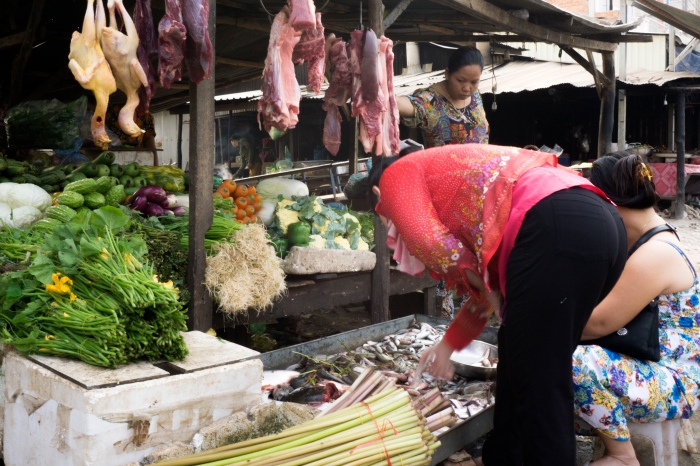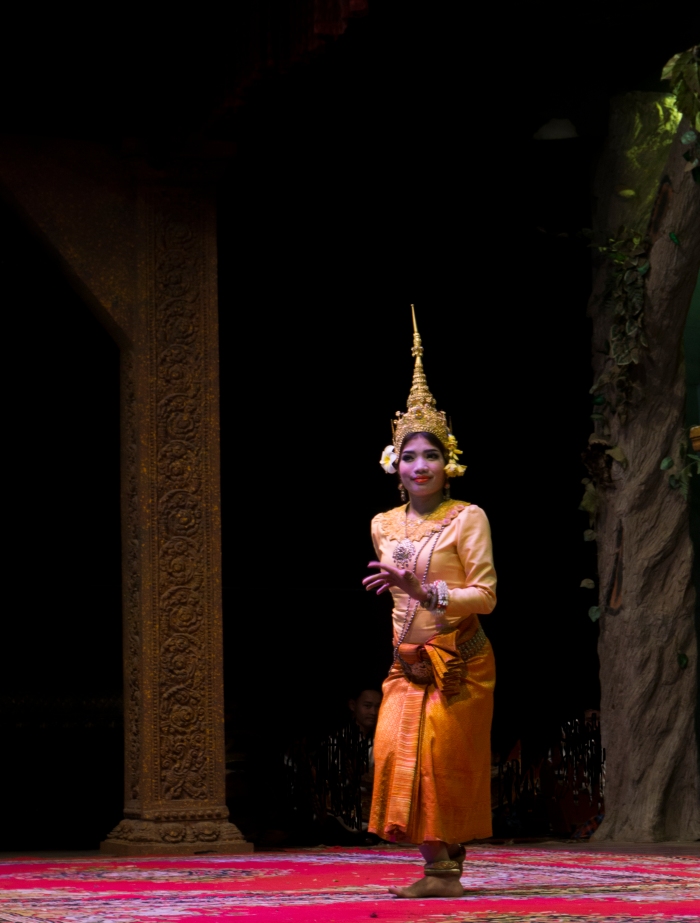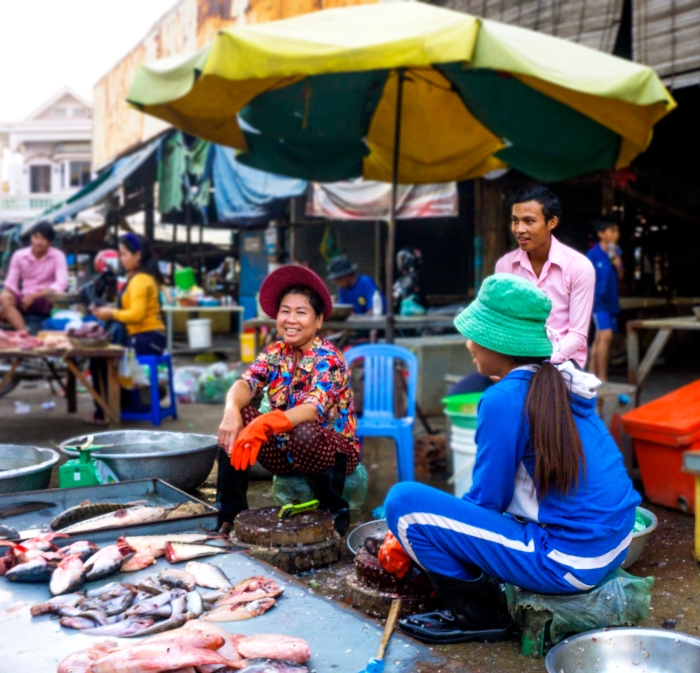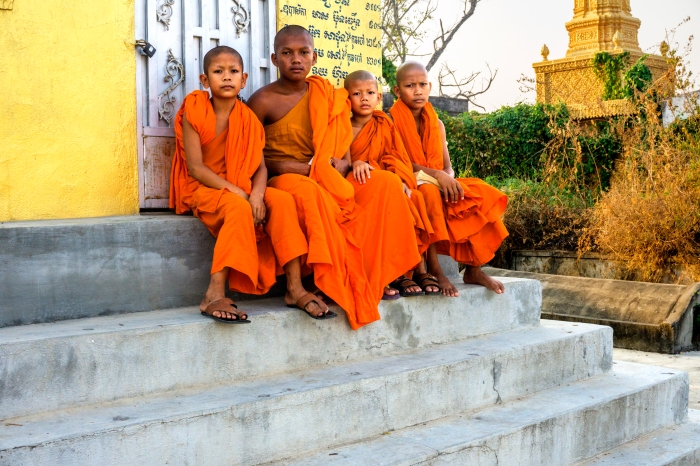Weaving through the streets of San Francisco’s flattest district, the Mission, I sauntered casually past cyclists and down graffiti alleyways. I stood before Bernal Heights hill. Unlike most hills in San Francisco, it is undeveloped besides the radio tower at the crest. I climbed the steep dirt path surrounded by straw-colored grasses, the California state flower, California poppy, and joined dog walkers. Atop are expansive views of the city. I oriented myself, noting places I had already visited and created a mental map of the city for later use. I could have used google maps, but sometimes getting lost allows you to find unforeseen treasures. Read on for some of those jewels, including restaurant, museum, shopping, and activity recommendations.
Restaurants
Blue Plate, 3218 Mission St, San Francisco, CA 94110, blueplatesf.com
This eatery boasts American new dishes with a Mediterranean twist. Each dish is strategically laid out on the plate with artistic grace. It won my affection for the most impressive restaurant I ate at on my trip. Unique pairings from locally-sourced farms were mouth-watering, such as artichoke soup with raspberries and chopped peanuts sprinkled on top. My friend and I opted to eat tapas-style and sampled several dishes. The atmosphere was cozy and rustic with an open kitchen. Divided into three main rooms, we sat in the middle, where we enjoyed a glass of red wine and relished in flavorful moments.
Cinderella Bakery & Cafe, 436 Balboa St, San Francisco, CA 94118, http://cinderellabakery.com/home.html
Moving from Blue plate’s innovative take on American, Cinderella’s slides in with traditional done right. I stumbled upon this Russian Bakery & Café while seeking out completely different food. My friend, who lived in Korea for some time, tipped me off about a great Korean place located by the Conservatory of Flowers, a botanical garden in Golden Gate Park.
As I came to a halt in front of Muguboka, the Korean restaurant, it was dark. I found a sign confirming my suspicion it was closed on Tuesdays. I looked across the street and saw a bakery with wood-paneled outdoor seating surrounded by an oasis of succulents. I darted toward it, eager to find a place to recharge my camera and review my photographs of rare flowers from the Conservatory. As I entered, a waft of savory meat lay in the air. I realized this would not be a quick stop for a camera charge. Instead, my eyes scanned the Russian menu of meat pies and sandwiches.
This Russian gem on Balboa Street has homey foods that could conjure late Tsars from their graves by its sheer smell of alluring sweet and savory treats. Adding to it’s gravitational pull is its proximity to museums of interest, such as the deYoung Museum https://deyoung.famsf.org/, Academy of Science http://www.calacademy.org/, Japanese Tea Garden http://japaneseteagardensf.com/, and San Francisco Botanical Garden http://www.sfbotanicalgarden.org/.
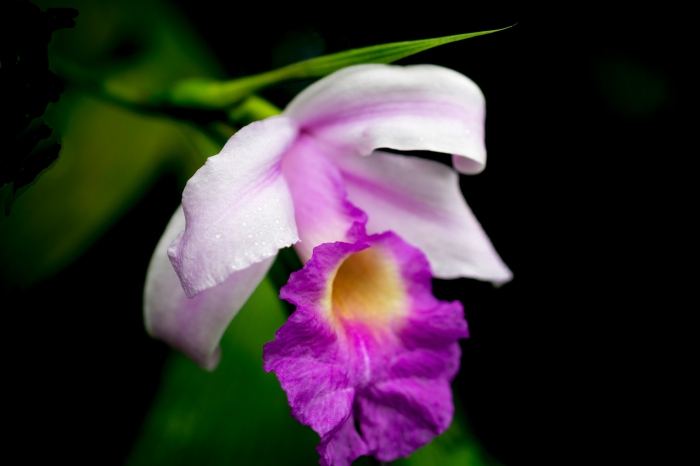
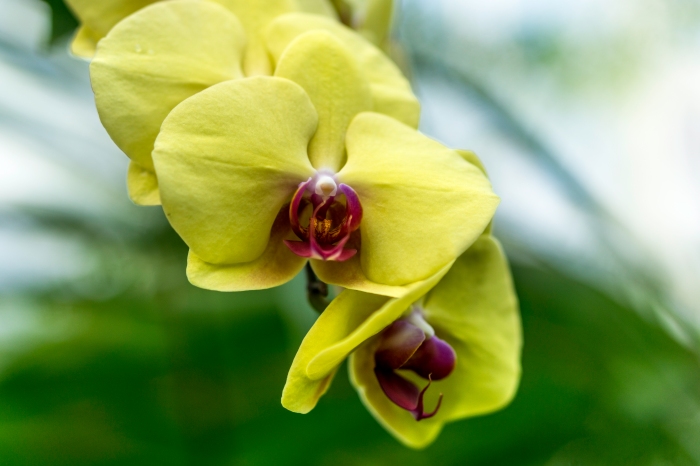
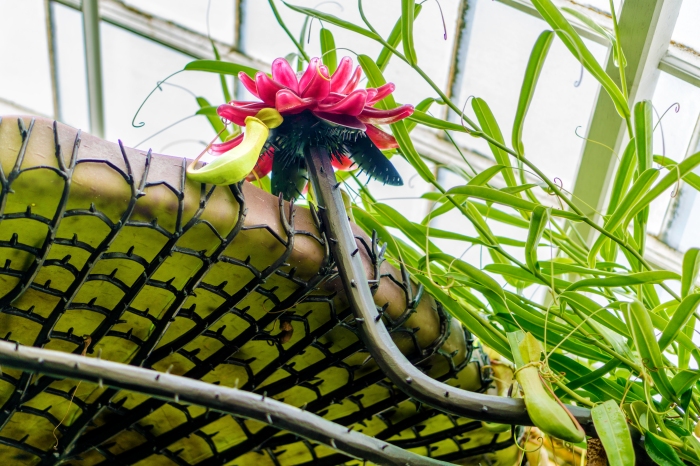
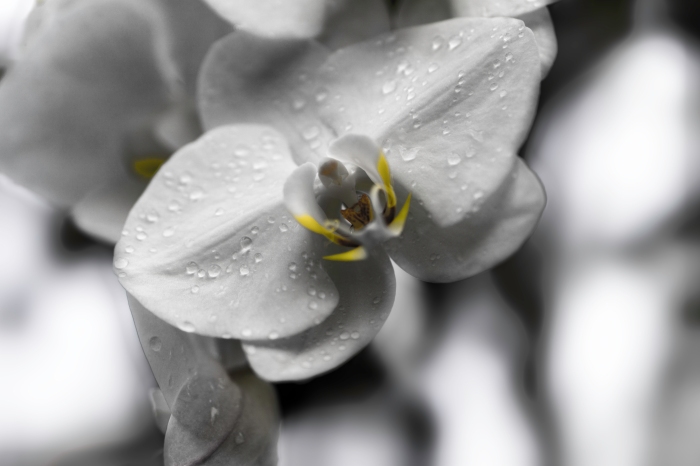
El Techo, 2516 Mission St, San Francisco, CA 94110, http://eltechosf.com/
This Latin American rooftop restaurant has sweeping city views. It lies above its sister restaurant, Lolinda http://lolindasf.com/. Wait in line, proceed past the beautiful attendant, who manages to pull off a buzz cut, and ride an elevator to the top floor. There seems like a lot of waiting involved, but it’s worth the unobscured city views and delicious small plates, featuring Argentine grilled meats. Dim lights, city views, and a young crowd chatting away under heat lamps on chillier nights make this place memorable.
Dandelion, 740 Valencia St., San Francisco, CA 94110, https://www.dandelionchocolate.com/
Chocolate lovers: you’ll be in heaven. No milk chocolate is served at this chocolate factory and café on Valencia Street in the Mission district. This small batch chocolate maker sells only 70% cocoa and higher. Chocolate is made on site with two ingredients: cocoa beans and sugar.
Activities
- Bike over Golden Gate Bridge to Sausalito and Tiberon. Take the ferry back to the city.
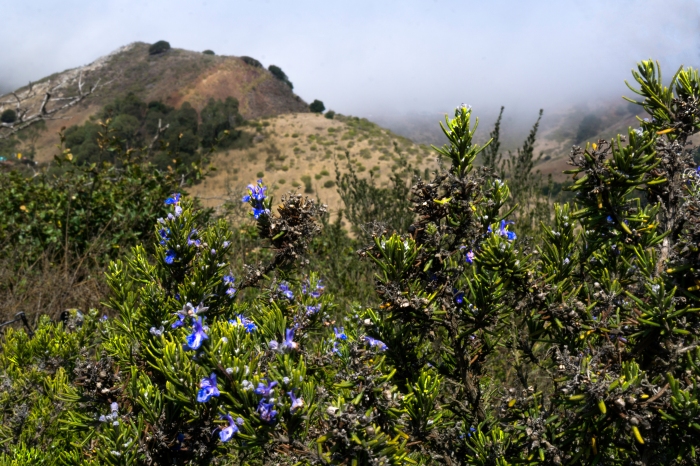
- Meander through city districts.
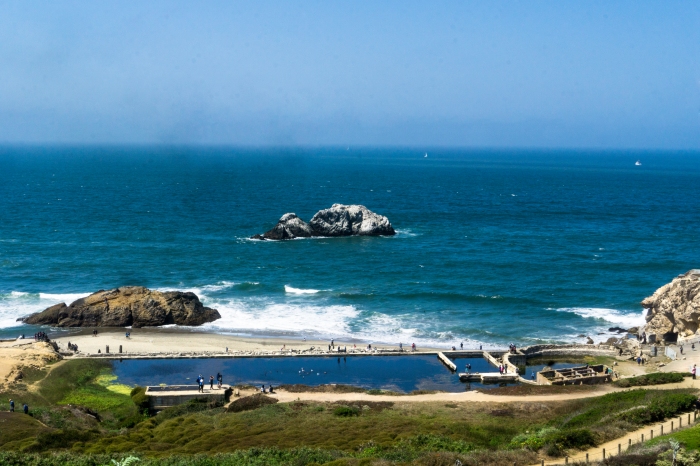
- Climb Bernal Heights hill for superb city views.
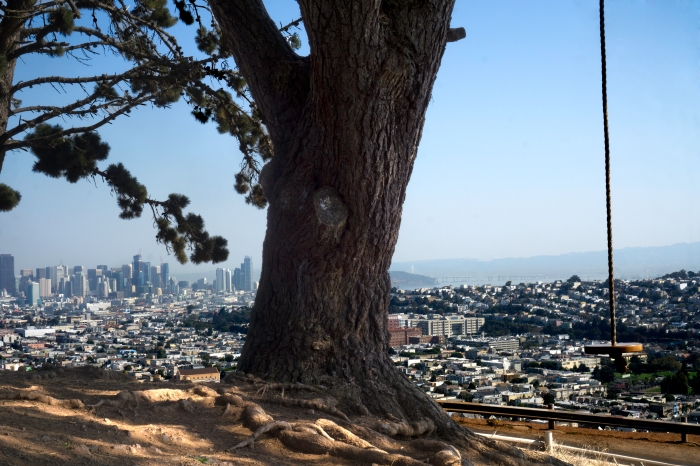
- See and be seen at Mission Delores Park.
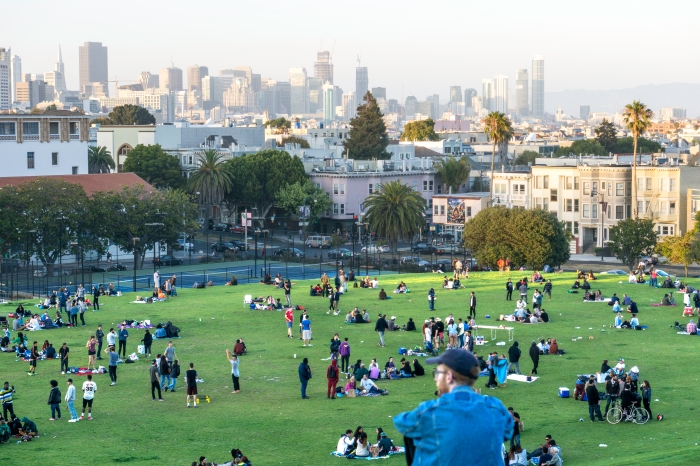
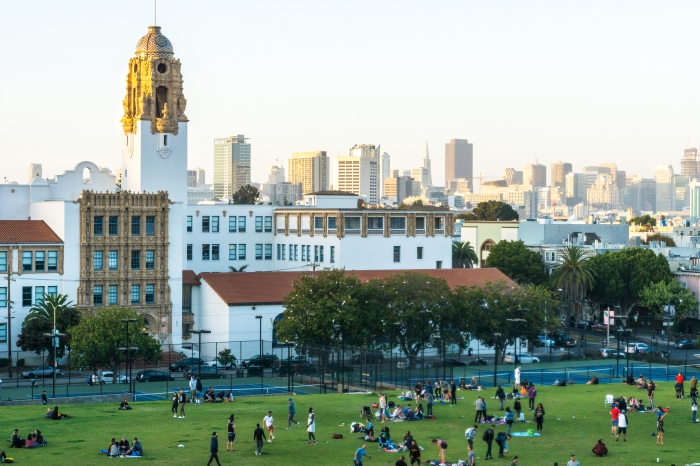
- Take a side trip to breath-taking Yosemite National Park.
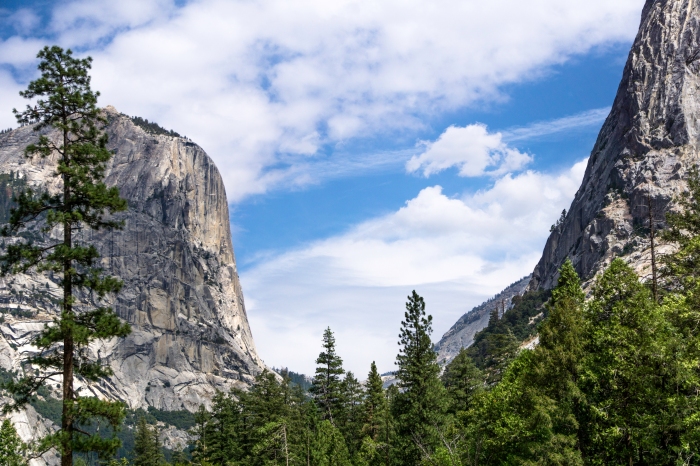
Shopping
You’ll find uniquely curated stores on the streets listed below with clothing, home goods, antiques, and plenty of restaurants, bars, and coffee shops. Each street has its own character, giving off funky, chic, and lively vibes.
- Valencia Street-for the hipster-leaning folk
- Hayes Street-for chic individuals
- Linden Street-for Hayes Street’s on-trend sibling
- Haight-Ashbury-for a trip back to the 60’s
- Castro Street-everyone’s welcome!
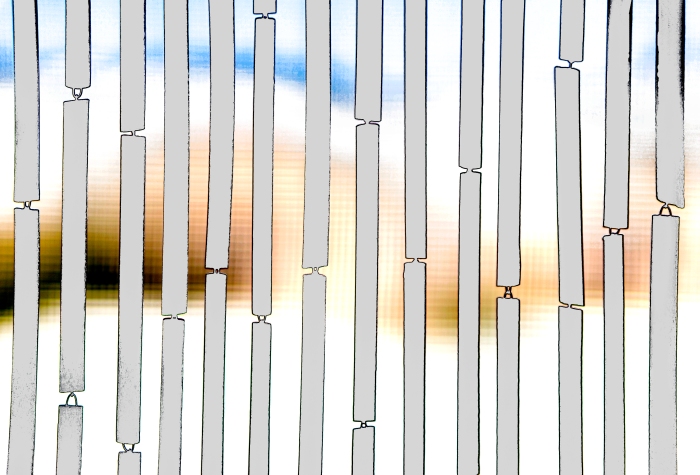
San Francisco’s neighborhoods are interesting to walk through when you’re not in a rush. Each area is full of artistic delights, good coffee, and varied museums. If you’re visiting the city, check out Blue Plate for American new, Cinderella’s for Russian, El Techo for Latin American, and Dandelion for desert. Of the museums I visited, Academy of Science was my favorite because of the wide array of sea creatures and because I went to adult night, which featured an outdoor rock concert. The art museum I enjoyed most, not mentioned above, was Legion of Honor for its collection of Auguste Rodin’s sculptures and the mummies and medicine exhibition. Get out there and start exploring!


